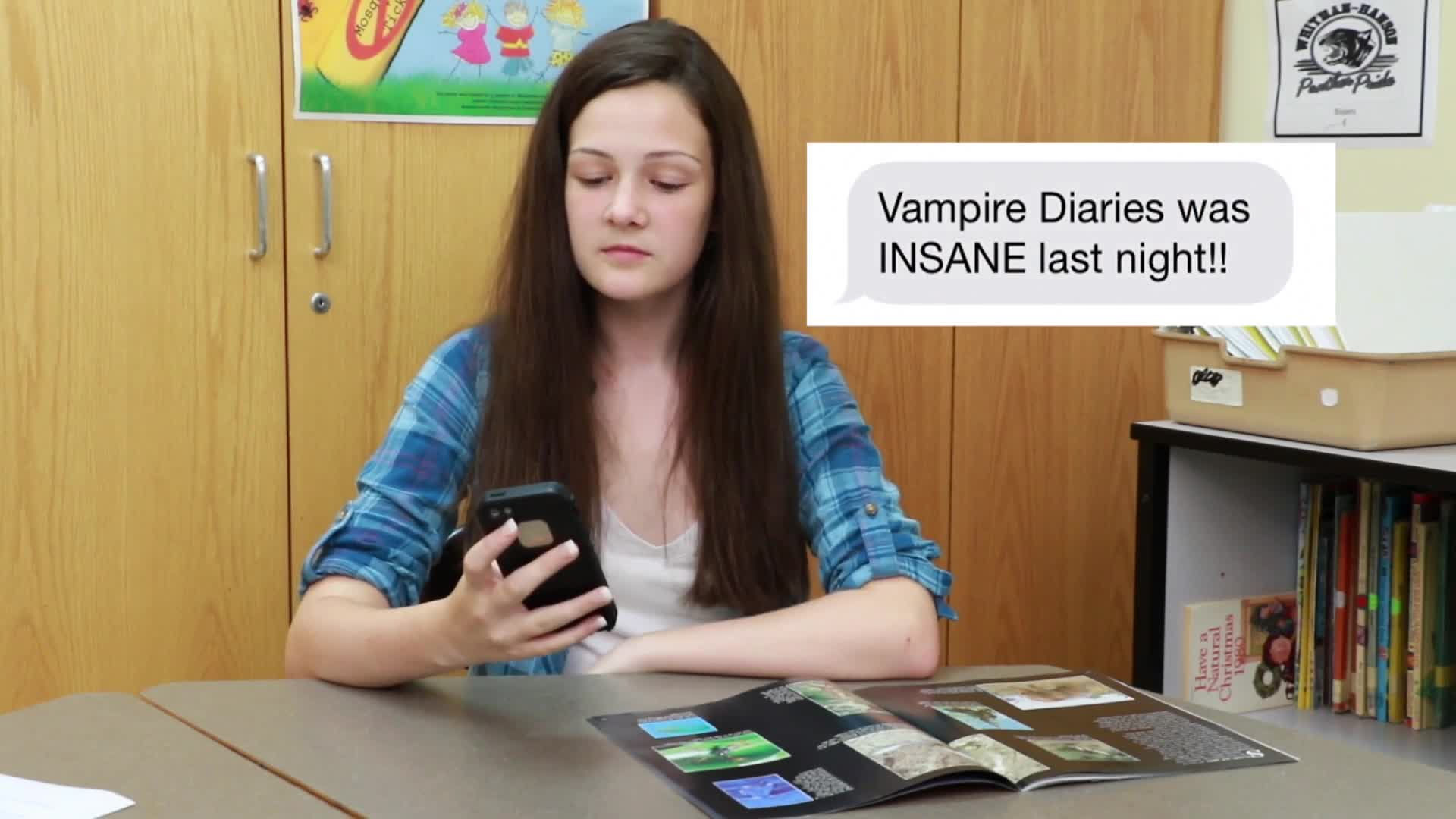
Introduction
In today’s digital age, texting is a popular means of communication among students. However, it’s important for students in Special Education to learn and practice appropriate texting etiquette. This blog post will discuss essential skills for texting friends, such as understanding conversation flow, knowing when it’s appropriate to send messages, and texting only people they know. We’ll also provide a no-prep activity for educators to use in teaching these skills, as well as discussion questions and related skills for students to explore.
No-Prep Activity: Texting Etiquette Role-Play
This no-prep activity is designed to help students practice appropriate texting etiquette through role-playing. No materials or preparation are required from the educator. Here’s how it works:
- Divide the students into pairs.
- Ask each pair to decide who will play the role of “Texter A” and who will play the role of “Texter B.”
- Explain the rules of the activity: The students will engage in a pretend text conversation, taking turns speaking their messages aloud. They should practice appropriate texting etiquette, such as not sending too many messages at once, waiting for a response, and not texting at inappropriate times.
- Allow the pairs to begin their conversations, providing guidance and feedback as necessary.
Discussion Questions
After completing the activity, use these discussion questions to further explore the concept of texting etiquette:
- Why is it important to wait for a response before sending multiple text messages?
- What are some reasons a person might not respond to a text message right away?
- Why is it important to only text people you know, such as family and friends?
- How can you tell if it’s an appropriate time to send a text message?
- What other rules or guidelines would you add to ensure respectful and appropriate texting behavior?
Related Skills
In addition to texting etiquette, there are several other related skills that students in Special Education can benefit from learning:
- Online safety: Understanding how to protect personal information, recognize potential scams, and use privacy settings on social media platforms.
- Digital communication: Learning how to communicate effectively through email, instant messaging, and video calls.
- Social media etiquette: Knowing the appropriate behavior for interacting with others on social media platforms, such as leaving respectful comments and not oversharing personal information.
- Conflict resolution: Learning how to address and resolve conflicts that may arise in digital communication, such as misunderstandings or disagreements.
Next Steps
Now that you have a better understanding of the importance of teaching texting etiquette to students in Special Education, it’s time to take the next steps in incorporating these skills into your curriculum. To get started, we invite you to sign up for free samples of our skill-based activities and other resources by visiting Everyday Speech. These materials are designed to help educators effectively teach social-emotional learning skills in engaging and interactive ways.

